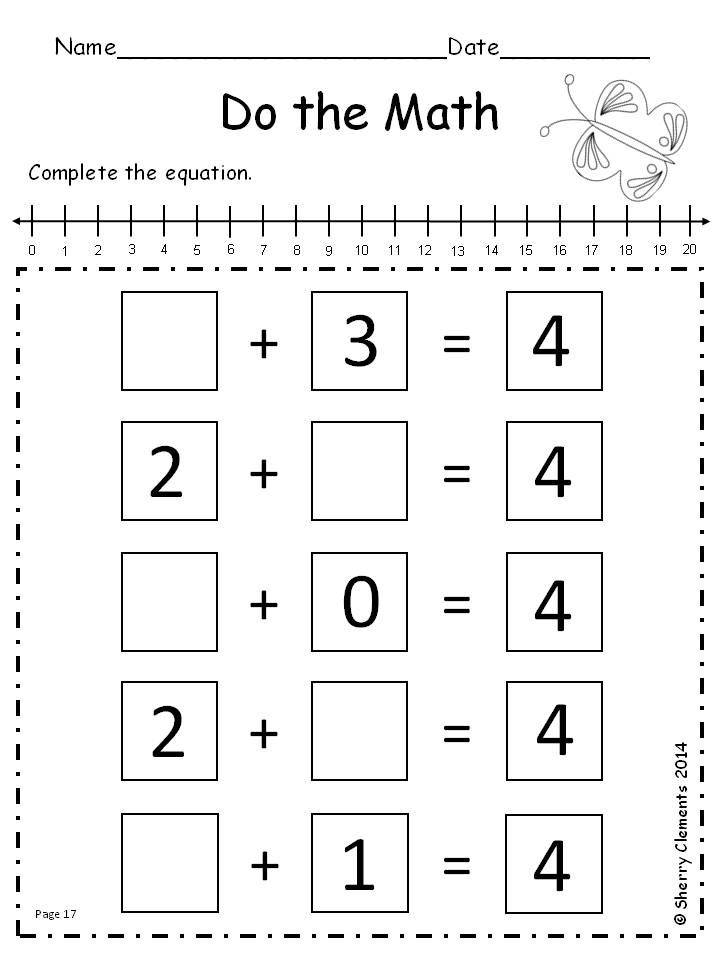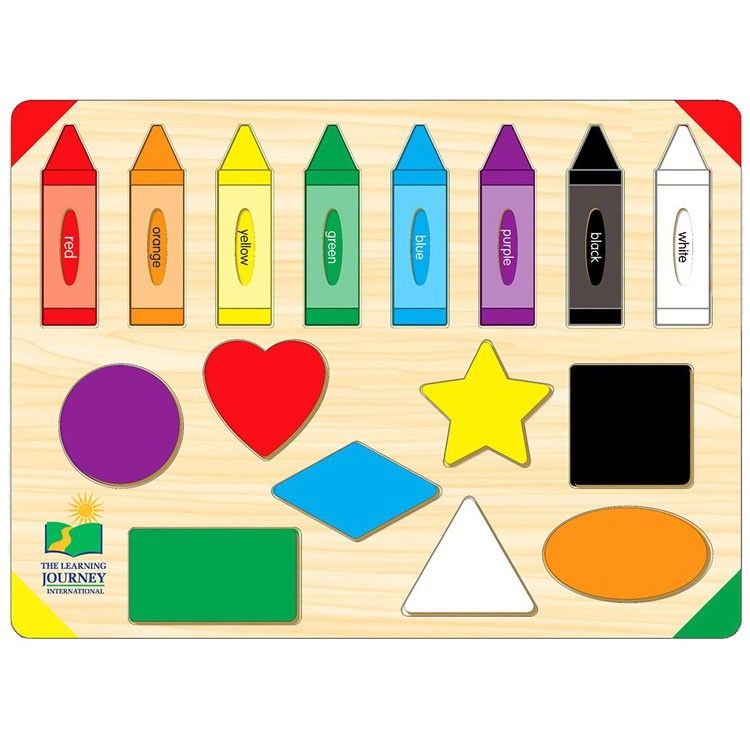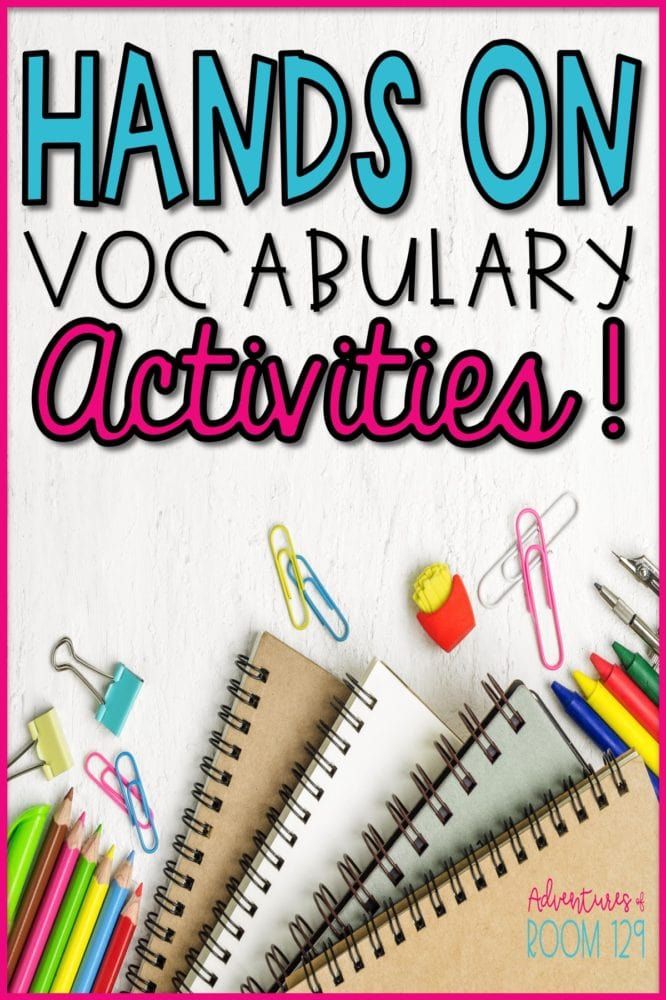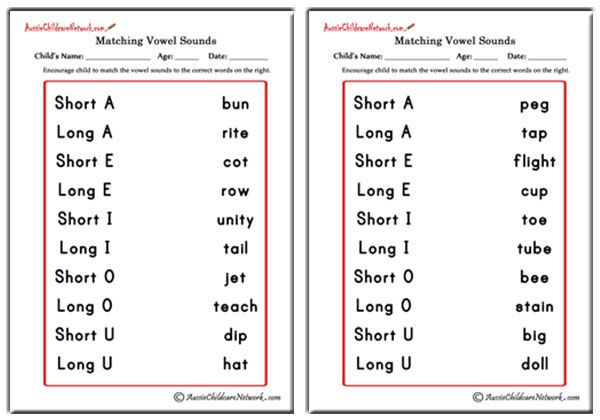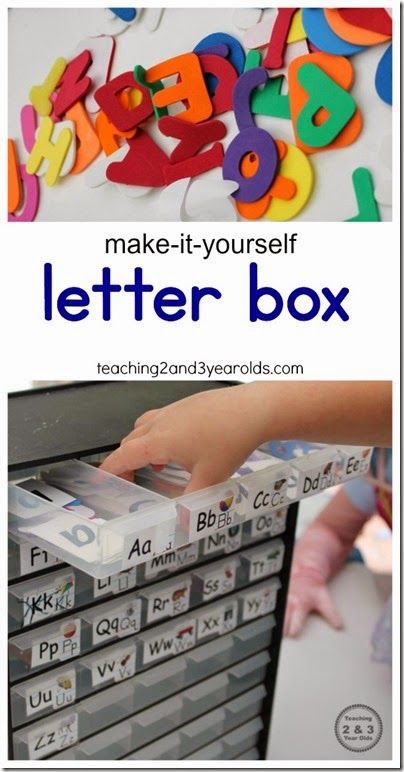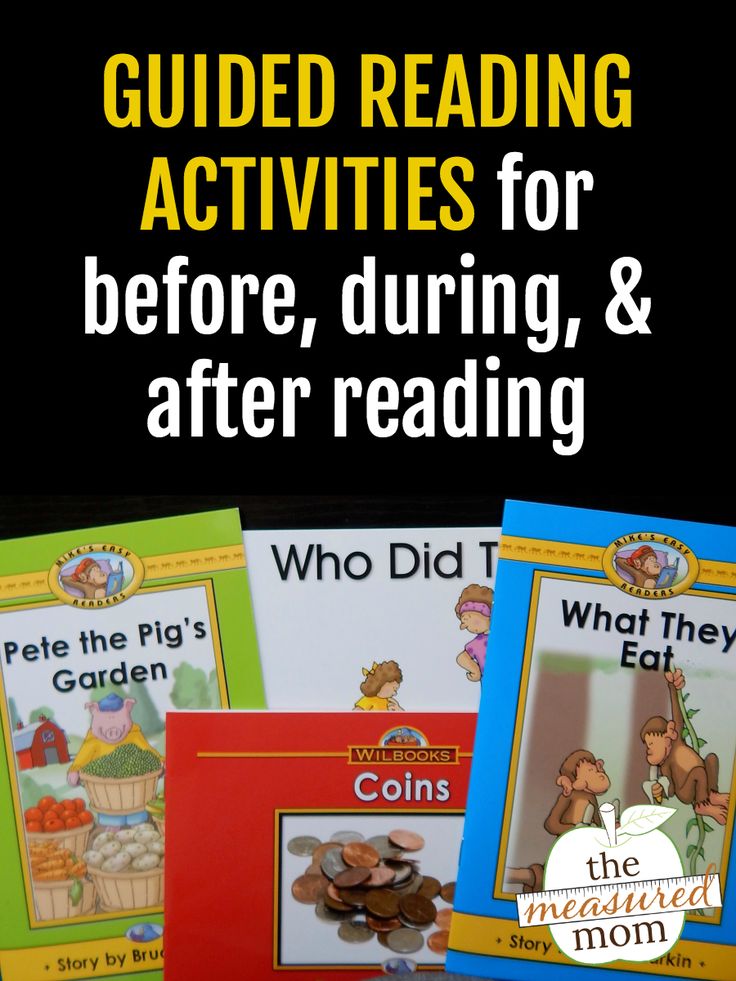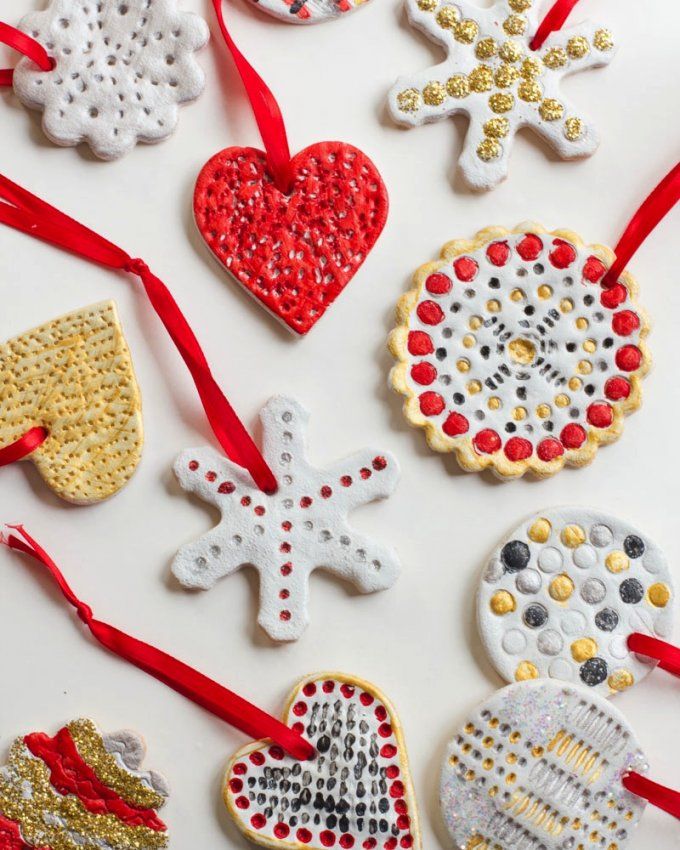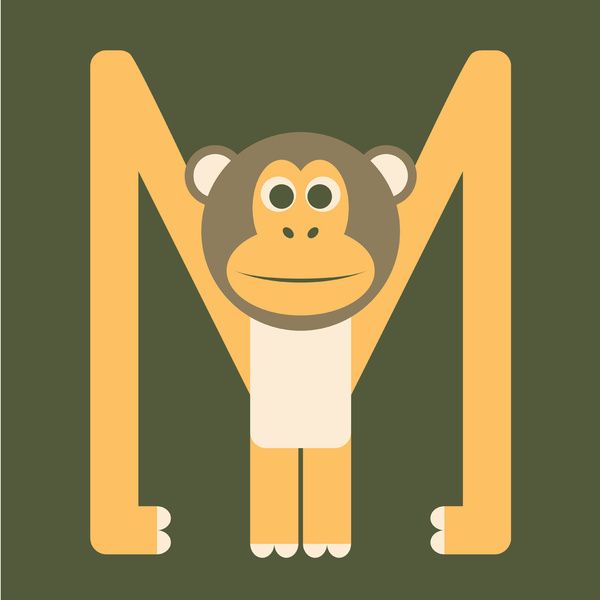Sight word activities for preschool
48 Fun Sight Word Activities That Work
Teachers are always on the hunt for great sight word activities. Sight words are any words readers recognize automatically “by sight”—for fluent readers, that’s almost all words! High-frequency words, the most commonly occurring words in written English like those on the Dolch list, are often thought of as the most crucial sight words.
It’s a myth that blindly memorizing every letter in a sight word is the only way to learn it. The science of reading tells us that linking sounds and letters is the most effective way for kids’ brains to learn any word. Many common words are easy to tackle using beginning phonics skills (like “at,” “can,” “him,” etc.), so staying true to a strong phonics curriculum is one way to support kids’ sight word learning. Even irregularly spelled words have decodable parts, e.g., kids can use the sounds of “s” and “d” to help with “said,” even if the “ai” is unexpected. Experts often call these words “heart words” to call out for kids that they should learn the unexpected word parts “by heart.
” (If all this is unfamiliar to you, it can feel overwhelming, but you’ve got this! Check out teaching guru Jillian Starr’s explanation for more help.)
ADVERTISEMENT
Check out these low-prep and engaging sight word activities for both teaching and practicing words.
1. Map it and drive it
This is a genius way to introduce words with appealing materials: Say the word, represent each sound with a LEGO brick, write letters for each sound, and “drive” to read it.
Source: @droppinknowledgewithheidi
2. Smush play dough for each sound
Set up a routine that works for any word. Play dough squishing for each sound is the ultimate multi-sensory component.
Source: @playdough3plato
3. Map words with a magnet wand
It is so super-satisfying to drag those magnetic dots around! Watch the video below for lots of tips on introducing a word using this process.
Source: @warriorsforliteracy
4.
 Make a mini book
Make a mini bookLots of handy info in one place for your little learners.
Source: @hughesheartforfirst
5. Tap it, pop it, learn it!
Hardwire those words in kids’ brains with this comprehensive word intro routine. (You had us with the pop its!)
Source: @hellojenjones
6. Find and swat words
An oldie but such a goodie. Find a word in an array and WHACK! Swat it with a fly swatter!
Source: @kids_play_learn_laugh
7. Flip word pancakes
Serve up sight word pancakes while practicing spelling them aloud.
Source: @bee_happy_teaching
8. Wear heart word bracelets
Make kids feel like sight word VIPs.
Source: @teachingmoore
9. Search for sight word balls
Write sight words on ball pit balls with a chalk marker or dry-erase marker. Kids can race around hunting for balls to read and toss in a basket, or hunt through a big tub of balls for a certain word.
Source: @preschoolforyou
10.
 Start a sight word band
Start a sight word bandLoud but oh-so-fun! Feel the rhythm while tapping and reading sight words stuck to homemade percussion instruments.
Source: @earlyyears_withmrsg
11. Drive on a sight word path
This is one of many fun ways to use magnetic tiles for learning! Kids love “knocking down” word tiles with a toy car as they read each one.
Source: @travisntyler
12. Use sticky notes to inspire sight word sentences
Have kids stick words on items that give them ideas for sentences. “My Mom said to wear a helmet!” = so good!
Source: @kinneypodlearning
13. Write words on a sensory bag
So easy: Fill a zip-top bag with a small amount of kid-safe paint, seal well, and have kids practice “writing” sight words with their finger or a cotton swab.
Source: @makeitmultisensory
14. Wear a sight word crown
Wear your word proudly and practice reading others’ words. Fun in person or virtually.
Source: @mrsjonescreationstation
15. Play a magnetic-tile board game
We love new ideas for ways to use magnetic tiles for sight word activities. Easy to set up and fun to play.
Source: @twotolove_bairantwins
16. Spell words to a familiar tune
Get sight words stuck in everyone’s head, in a good way. We’d add a line for chanting the sounds in the word!
Source: @saysbre
17. Feed a word monster
Nom, nom, nom.
Source: @ecplayandlearn
18. Search for the pom-pom under sight word cups
Read all the words as you try to find the cup that hides the prize.
Source: @la.la.learning
19. Play sight word KABOOM
This classroom classic is perfect for sight words. If you need a refresher on the rules, Jillian Starr covers them.
Source: @essentiallykinder
20. Roll and write words
Roll, write, repeat.
Source: @mylittlepandamonium
21. Write words with rainbow colors
Bonus points for aromatic markers.
Source: @mylittlepandamonium
22. Trace words with flashlights
Stock up on batteries because kids never get tired of this!
Source: @giggleswithgerg
23. Find words in plastic eggs
Give kids a checklist of words to find as they open each egg.
Source: @blooming_tots1
24. Spy words around the classroom
Just add a magnifying glass and clipboard to make kids feel like supersleuths!
Source: @readingcorneronline
25. Find words in the morning message
Don’t forget about old standbys! This is one of our favorite ways to get kids to recognize sight words in connected text.
Source: @tales_of_a_kinder_classroom
26. Build words with bricks
Such a great use of extra building bricks!
Source: @raysinkinder
27. Write words in sand
Easy-peasy to set up and keep neat if you use plastic pencil boxes.
Source: @teacherhacks
28. Spell words on a construction site
Bulldozing over each word to read it is the best part!
Source: @planningplaytime
29.
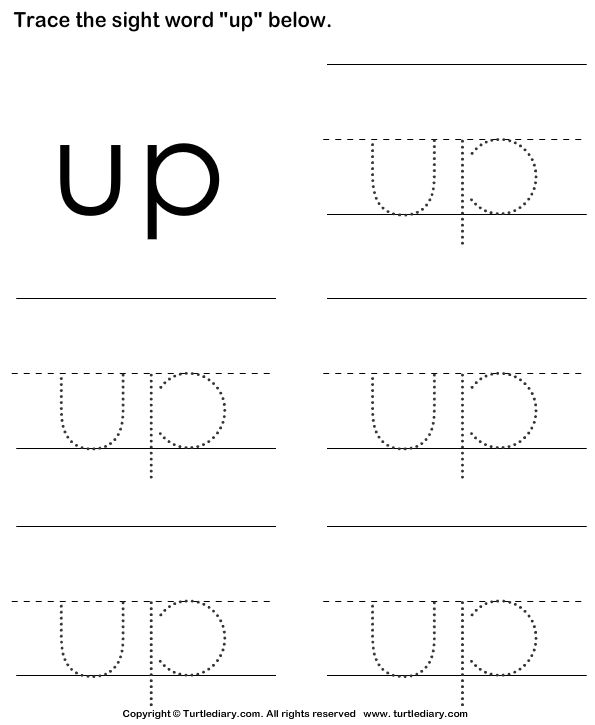 Spell words with toy cars
Spell words with toy carsDrive on over!
Source: @lozlovesprep
30. Park in a sight word “parking lot”
This one is easy to modify based on whatever toys are available in the classroom or at home.
Source: @msbendersclassroom
31. “Plant” words in play dough
Watch those reading skills grow!
Source: @planningplaytime
32. Build words in a sensory tub
Because spelling is just more fun when your hands are covered in beans!
Source: @coffeeandspitup
33. Write words on a magnetic drawing board
That eraser track makes for a perfect word card holder!
Source: @moffattgirls
34. Or write words on the window!
Everyone wants a turn to write on the window!
Source: @kindergarten_matters
35. Shhh! Discover words written in invisible ink
Write words in white crayon and reveal them with watercolors on top!
Source: @teachstarter
36.
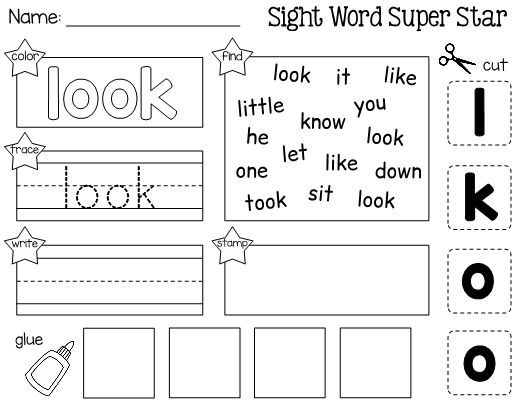 Dot-paint words with a cotton swab
Dot-paint words with a cotton swabCalming and effective.
Source: @sightwordactivities
37. “Type” words on a keyboard
Busy day at the sight word office! Use a keyboard cover or any old keyboard.
Source: @lifebetweensummers
38. Read words before heading through the door
The line leader can double as the word pointer during transitions.
Source: @ms.rowekinder
39. Read the word the teacher’s wearing!
Wait, is there something on my shirt?
Source: @theprimarypartner
40. Take a sight word cakewalk
Choose a winning word when the music stops!
Source: @joyfulinkinder
41. Play sight word hopscotch
If you can’t get outdoors, tape on the floor works just as well.
Source: @wheretheliteracygrows
42. Play tic-tac-toe
I’ll be team “the.”
Source: @create_n_teach
43. Go sight word bowling
No bowling pins? Use half-filled plastic water bottles instead.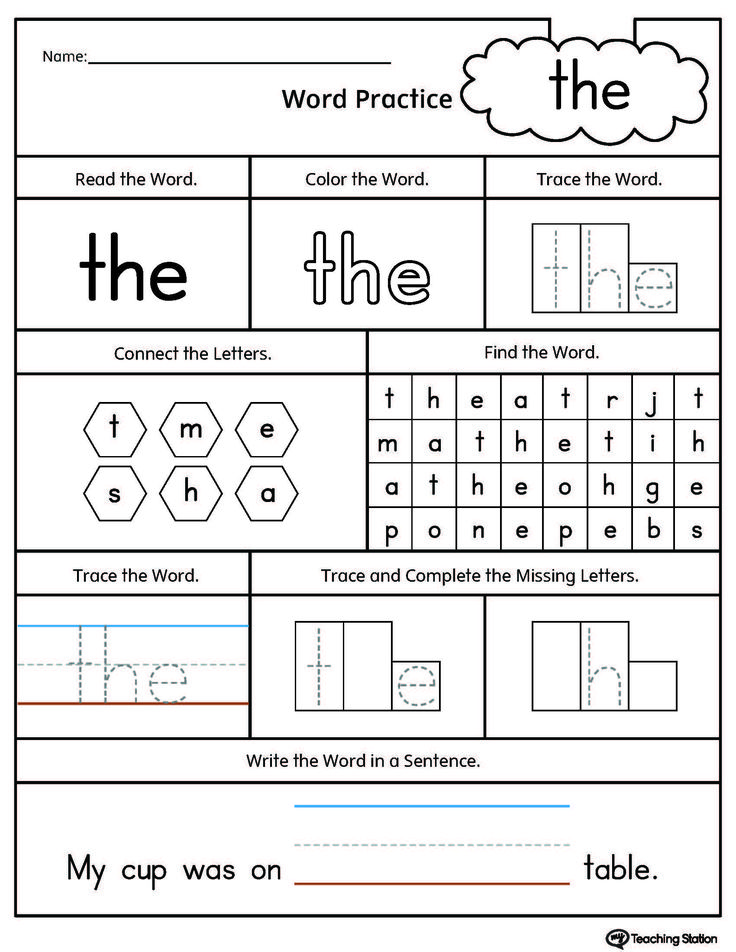
Source: @thecreativeteacher_
44. Ready, aim, read
Just throw a beanbag at a word target if foam darts are a no-go.
Source: @laurens_lil_learners
45. Play muffin tin ball toss
Toss and read. It’s easy to use colored muffin cups to prep different sets of words.
Source: @homeschooling_fun_with_lynda
46. DIY sentence flash cards
Authentic use of words in context for the win.
Source: @teachertipsandtales
47. Play sight word checkers
King me! If kids don’t have a partner available, they can “play” with a stuffed animal and get double practice.
Source: @sightwordactivities
48. Play sight word Guess Who?
Set up this game once and use it forever.
Source: @lessons_and_lattes
We’d love to hear—what are your favorite sight word activities? Share in the comments below.
Want more articles like this? Be sure to sign up for our newsletters.
Plus, what are sight words?
25 low-prep sight word activities
This post contains affiliate links.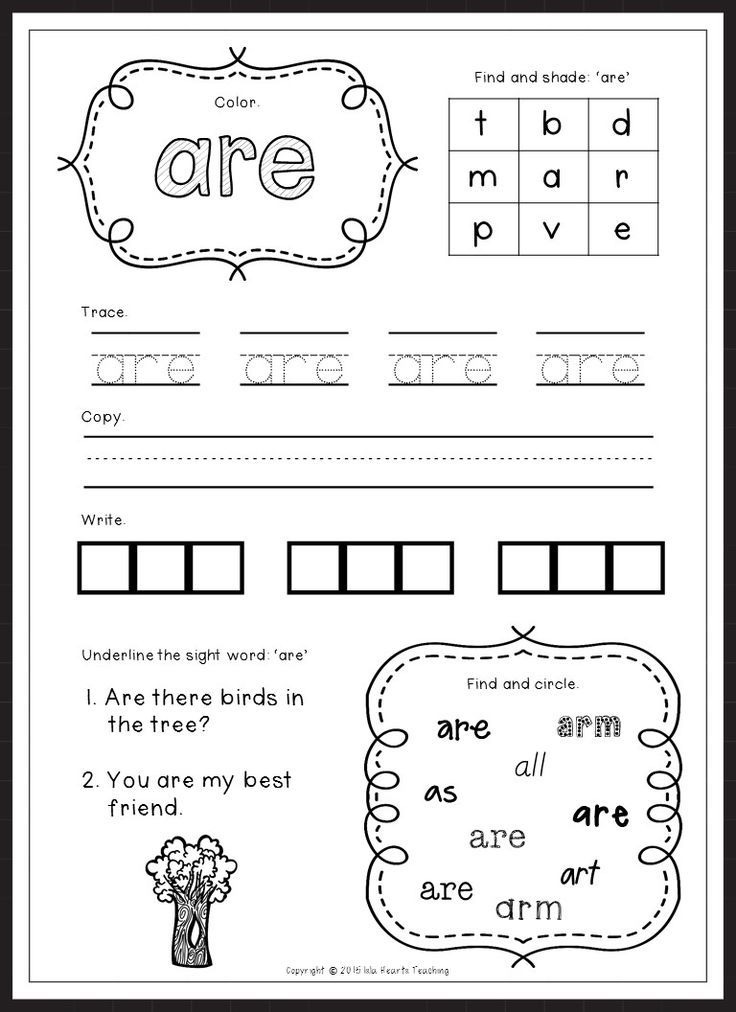 As an Amazon Associate I earn from qualifying purchases.
As an Amazon Associate I earn from qualifying purchases.
Today I’m sharing some simple sight word activities that you can prepare in minutes!
(This post contains affiliate links.)
So what are sight words, anyway?
Some people will tell you that sight words are words that kids can’t sound out; they just have to learn them by sight. Others tell you that sight words are the high frequency words: the words that kids encounter the most when they read.
But researchers tell us that sight words are words we recognize automatically without needing to sound out or guess.
The real question is … how can we turn high frequency words INTO sight words?
The number one thing to do is to teach each word explicitly. That’s why I created my set of sight word lessons with decodable books.
Once you’ve taught the words with attention to the spelling patterns (these sight word worksheets are also great for this), you’re ready for these low prep sight word activities that you can put together in under 15 minutes!
1- It takes just 5 minutes to set up Sight Word Sticky Note Match.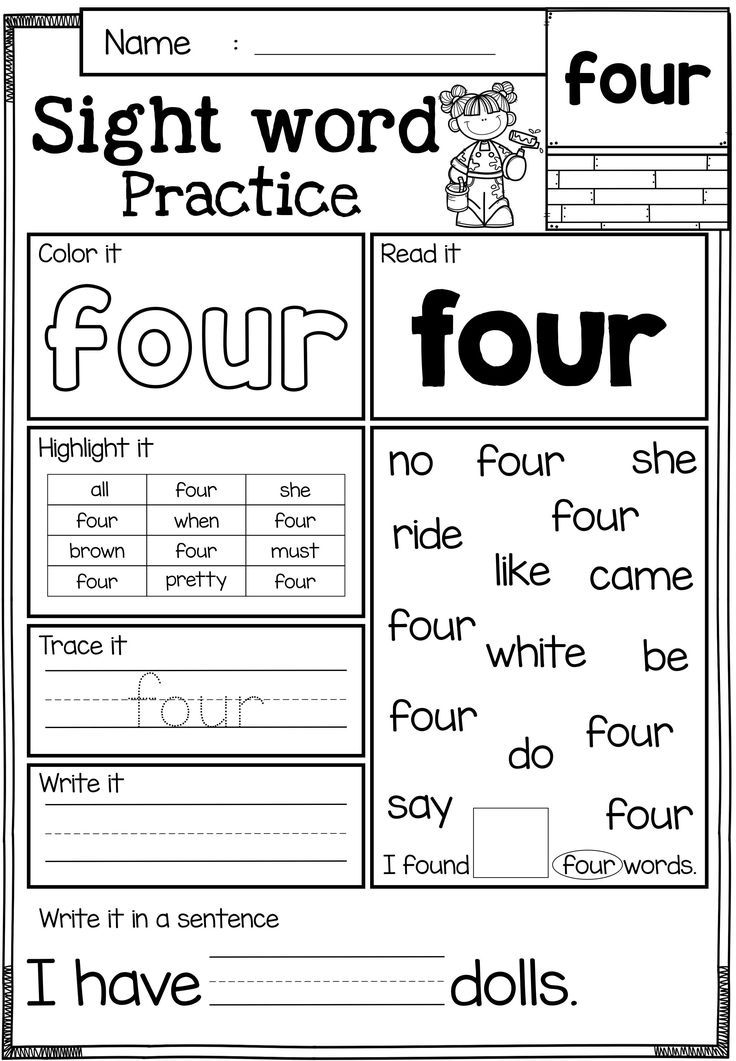 Just write the words on sticky notes and have your child cover the words on a dry erase board!
Just write the words on sticky notes and have your child cover the words on a dry erase board!
2 – Grab your alphabet stamps and some play dough for this simple sight word activity.
3 – Write the words on sticky notes. Then have your child write them in sand.
4 – Teach sight word songs. We are big fans of the collection of the sight word DVD’s and CD’s from Heidisongs. Listen to them as you’re driving to school or during transitions in the classroom.
THE BEST SIGHT WORD WORKSHEETS
Sight Word Worksheets – Based on the science of reading!
$15.00
Just say no to busywork! These high frequency word worksheets are the real deal. They’ll help your students connect the sounds to the letters and finally master those sight words!
Buy Now
5 – Write the words on sticky notes. Then have your child swat each sight word with a fly swatter as you name it!
6 –Do fun actions with your sight words with This Reading Mama’s free action cards.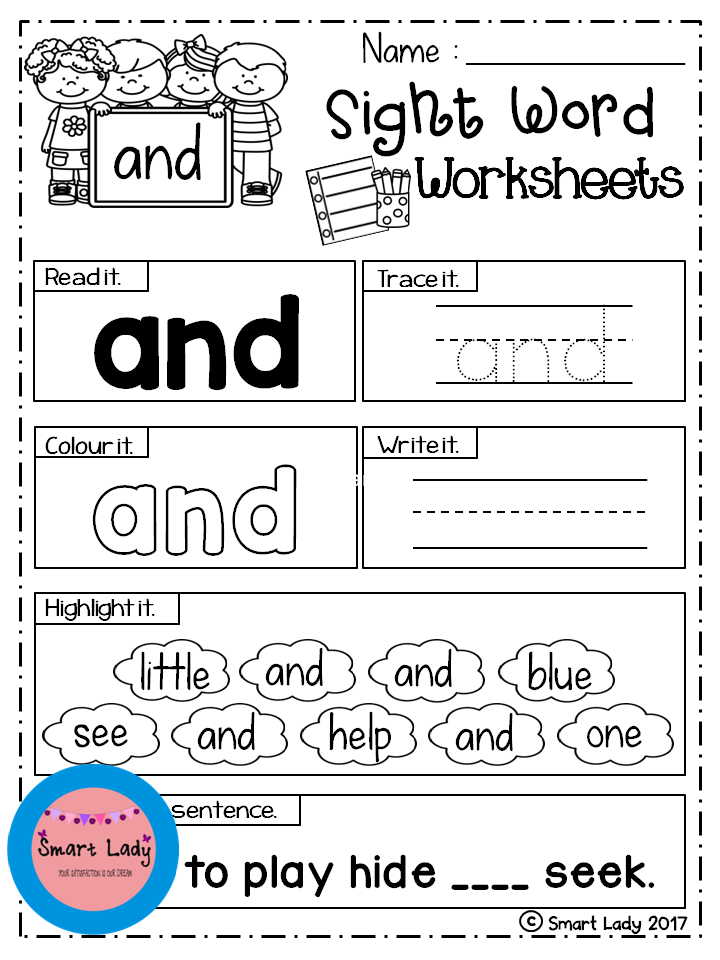
7 – Write sight words in play dough with a stick or wooden skewer.
8 – Try chanting sight words in a variety of different ways – like a robot, a cheerleader, and more! You can get free sight word chants on TPT here.
HANDS-ON PRACTICE FOR SIGHT WORDS
High Frequency Word Practice Mats – 240 words!
$24.00
Teachers love our practice mats because they’re low-prep and effective. Kids love them because they’re engaging and hands-on!
Buy Now
9 – Make a sight word memory game. Just write each sight word on two different index cards. Then turn the cards over and invite your child to find the matches.
10 – Print these free sight word cards and build the words with letter tiles. When you join This Reading Mama’s free email list, you’ll get lots of free sight word cards! Learn more here.
11- Learning is always more fun with dice! Grab these free rainbow roll & write pages for a variety of sight words.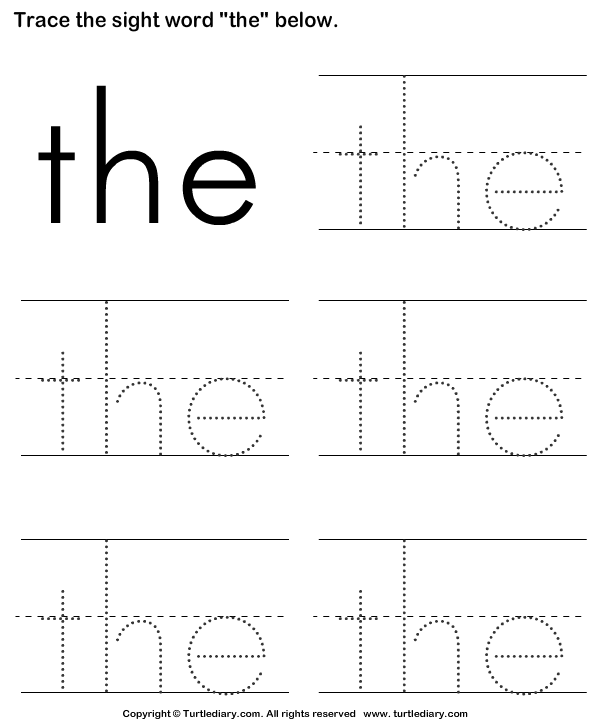 Kids roll a die, check the key at the top of the page, and write the word in a particular color.
Kids roll a die, check the key at the top of the page, and write the word in a particular color.
12 – This is such a creative way to practice writing sight words! Find the words with a magnifying glass and write them on the lines. Get the freebie here.
13 – Are you students learning beginning sight words? Print and play sight word blackout.
14 – Simply write your child’s sight words on a piece of paper and have him stamp them with alphabet stamps.
15. Grab the play dough, a sheet protector, and a dry erase marker. Your child can build the word with play dough and write it on the lines below. Get the freebie here.
16 – Grab these free color-by-sight-word pages.
17 – Get some colorful craft sticks and write the words with a permanent marker for some simple sight word puzzles.
18- Sight Word Showdown is both simple and genius! Just grab a stack of index cards and write each word twice.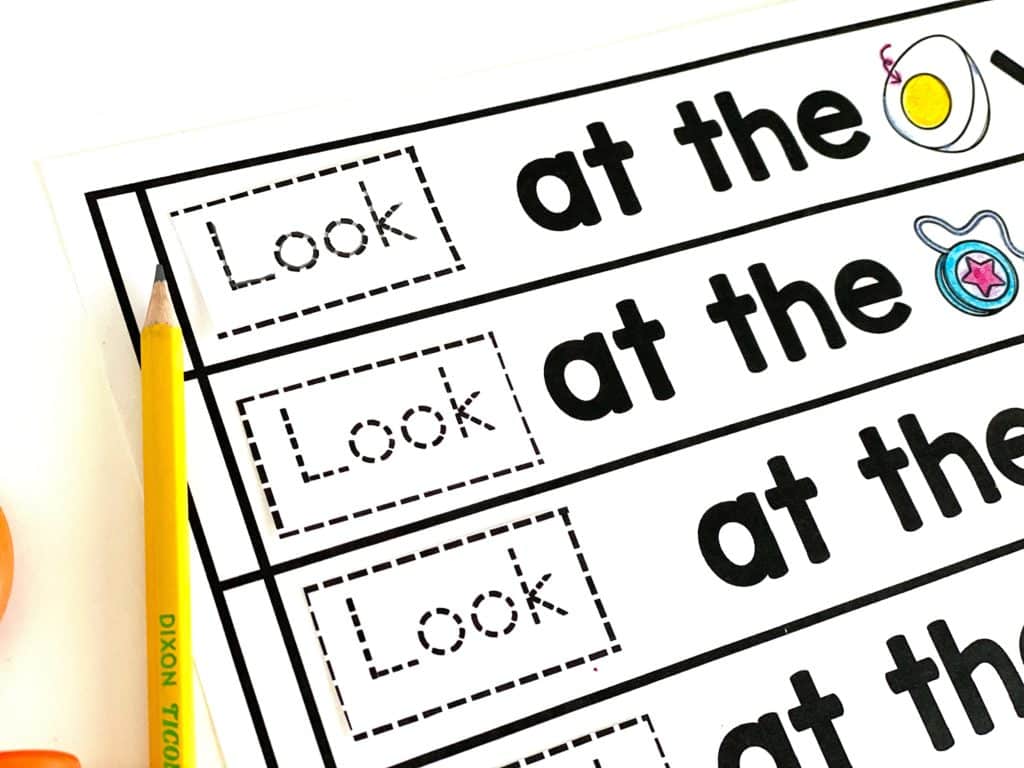 Then follow the directions in this post.
Then follow the directions in this post.
19 – Write sight words in muffin tin liners and play a simple game of Three in a Row.
20 – Bury magnetic letters in a sensory material. Have children dig out the letters to build words.
21 – Make a sight word parking lot. Draw tiny parking spots on a piece of poster board, and write a sight word in each one. As you name the words, have your child park a toy car in each spot. Learn more here.
22- Practice writing sight words using a dry erase marker on a dry erase board.
23- Write sight words on craft sticks and provide some magnetic letters for this portable sight word activity.
24 – Where’s the bear? Write the words on paper cups and hide a small bear or other tiny object. Your child guesses where the bear is hiding by naming the word on the cup.
25 – Go on a simple sight word hunt by matching the sticky note sight words to the words on a clip board.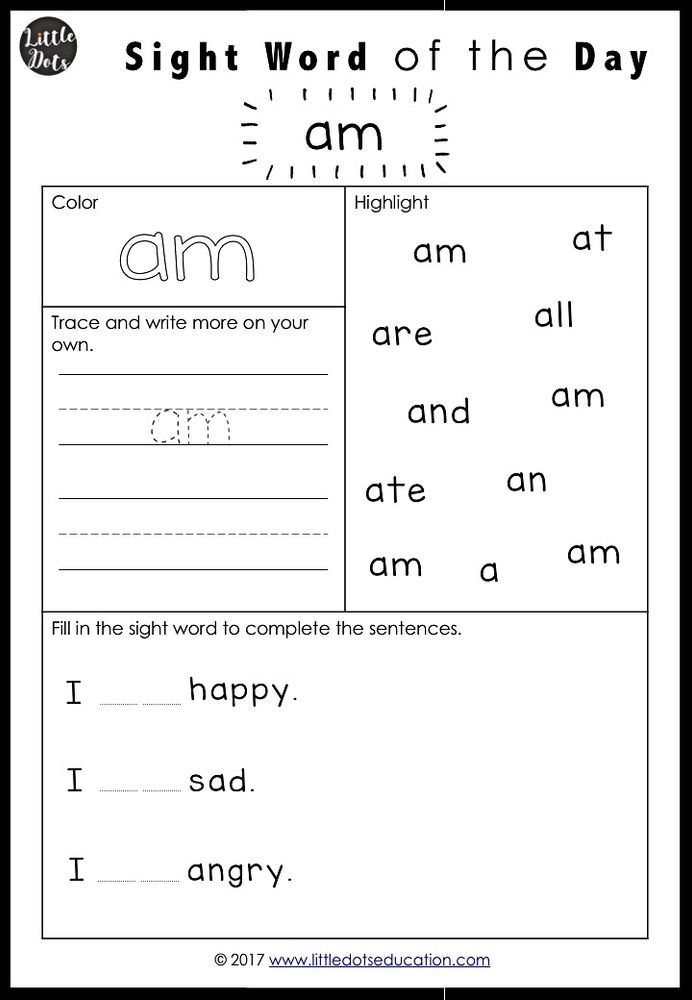 (This one’s a favorite at our house.)
(This one’s a favorite at our house.)
And there you have it! 25 low-prep ways to practice sight words!
YOU’LL LOVE OUR EDITABLE SIGHT WORD GAMES
Editable Reading Games for Every Season – MEGA PACK!
$24.00
Your students will ASK to practice their sight words when you start using this versatile set of sight word games! Simply type up to 12 words, and they’ll autofill into the 150 seasonal games.
Buy Now
Free Reading Printables for Pre-K-3rd Grade
Join our email list and get this sample pack of time-saving resources from our membership site! You'll get phonemic awareness, phonics, and reading comprehension resources ... all free!
Speech development of preschoolers using word games
The article describes the experience of using word games in the development of speech in preschool children.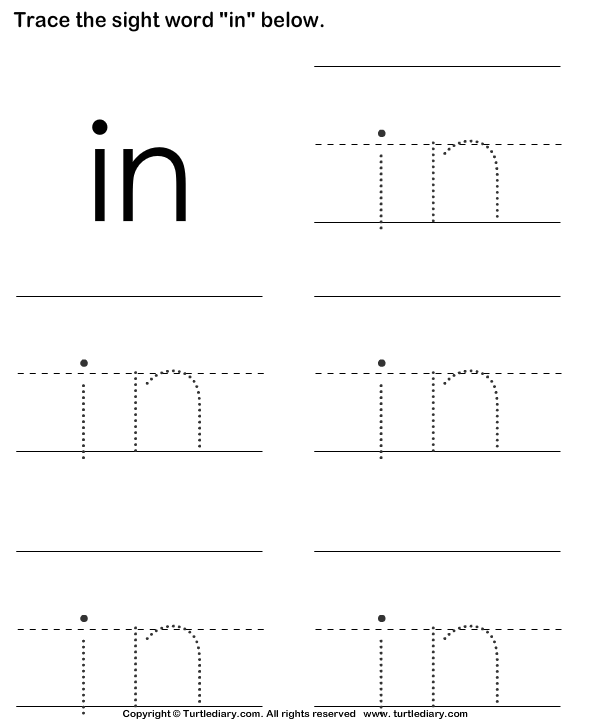 The author draws attention to the effectiveness of the developed program "Word Games for Preschoolers". A comparative analysis of the development of speech of preschoolers in the control and experimental groups of a preschool educational organization is given. The conclusion is made about the expediency of including gaming methods based on speech exercises in the educational process.
The author draws attention to the effectiveness of the developed program "Word Games for Preschoolers". A comparative analysis of the development of speech of preschoolers in the control and experimental groups of a preschool educational organization is given. The conclusion is made about the expediency of including gaming methods based on speech exercises in the educational process.
Key words: preschool children, word games, speech.
Speech as a mental cognitive process is closely related to thinking, imagination, memory, sensations, ideas and emotions. Speech and the use of language is not only a key means of communication and knowledge of the world, but also the main factor in introducing children to the values of spiritual culture. In addition, speech interaction is a necessary condition for the upbringing and education of the younger generation.
The development of speech at preschool age lays the foundation for successful schooling.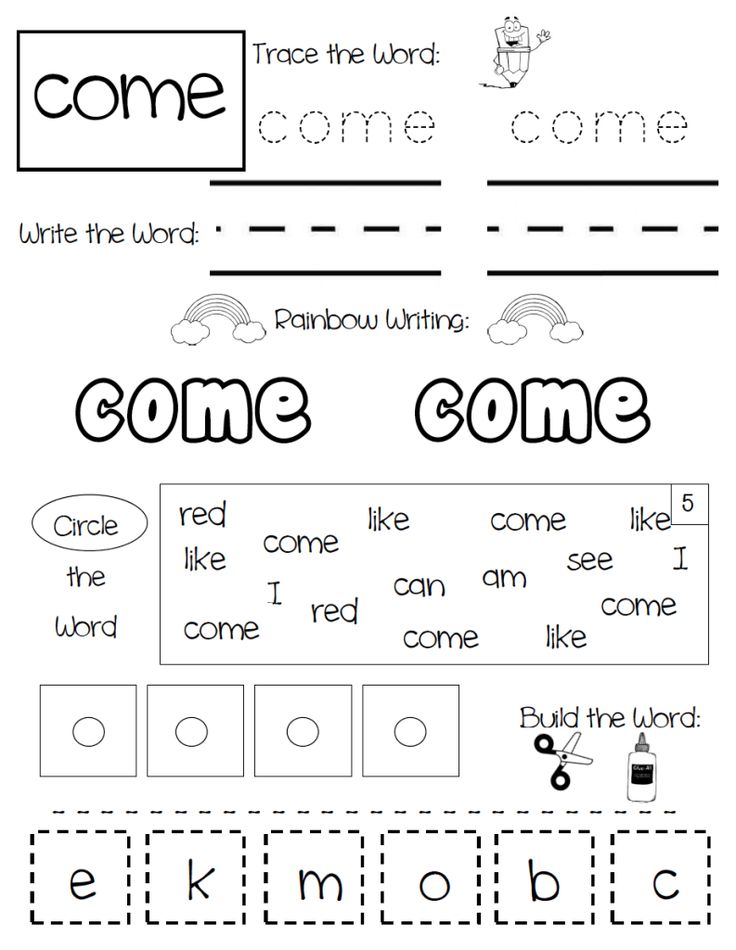 Knowledge of the native language in childhood, the development of phonetic, lexical, grammatical aspects of speech is a necessary condition for solving the problems of intellectual, social and spiritual education of children.
Knowledge of the native language in childhood, the development of phonetic, lexical, grammatical aspects of speech is a necessary condition for solving the problems of intellectual, social and spiritual education of children.
The study on the speech development of preschoolers using word games is based on the research of scientists on the patterns of speech development of preschoolers M. M. Alekseeva [1], Z. M. Boguslavskaya [2], L. S. Vygotsky [3], A. A. Leontieva, F. A., E. O. Smirnova [2] , A. M. Shakhnarovich, D. B. Elkonin, V. I. Yashina [1], etc.
The thoughts of these and other practitioners about language abilities and speech development can be formulated as follows: speech, a child as a mental process, develops in the process of generalizing linguistic phenomena, perception and reflection of adult speech. It has been proven (A. L. Luria [5], S. L. Rubinshtein [7]) that various directions of mental development are intertwined in speech. The ability of a child to navigate in language constructions contributes to the development of independent observations of the language and self-development of speech (L.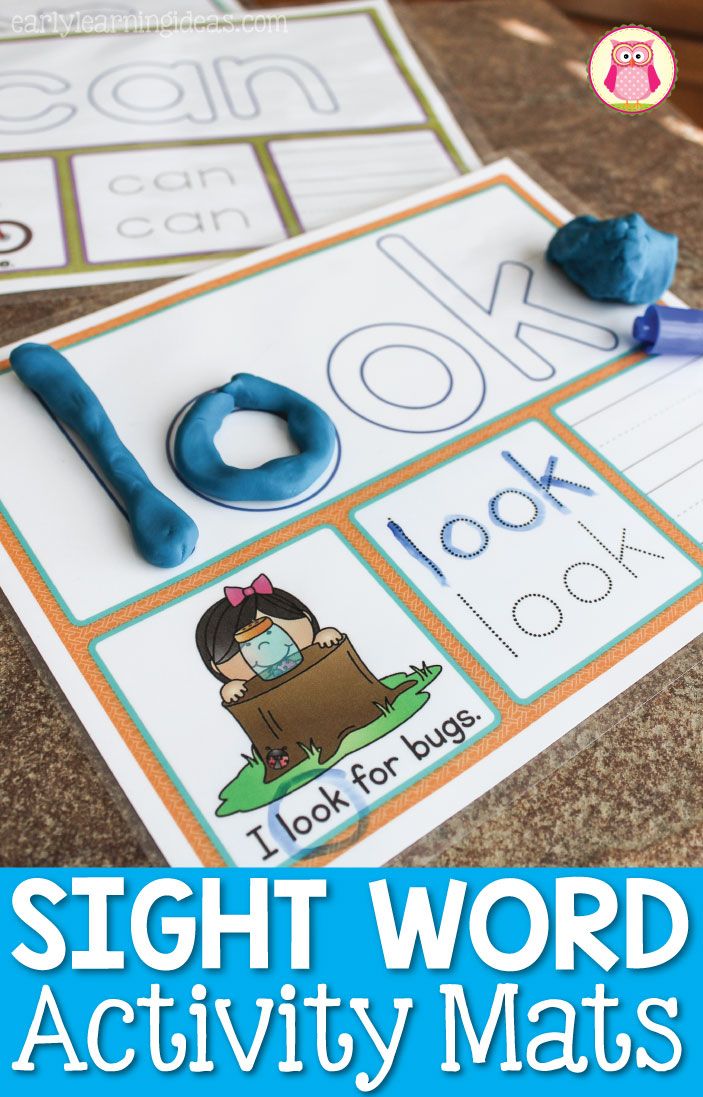 S. Vygotsky [3], V. V. Gerbova [4], G. M. Lyamina [6]).
S. Vygotsky [3], V. V. Gerbova [4], G. M. Lyamina [6]).
This study examines the process of speech development of a preschooler using word games for the following reasons:
- A manifestation of intellectual activity in preschool age is speech development. The basis for the development of speech using word games are three systems: the natural world, the world of human relations, the world of objects.
- Oral speech is always conditioned by the speech situation and can be mediated by technical means.
- An indicator of the development of speech is an active dictionary, that is, the stock of words that a preschooler uses in his speech.
Thus, the purpose of the study was formulated - the creation of special conditions for the development of the speech of preschoolers using word games.
The object of the study is the speech of preschoolers.
The subject of the research is the speech development of preschoolers using word games.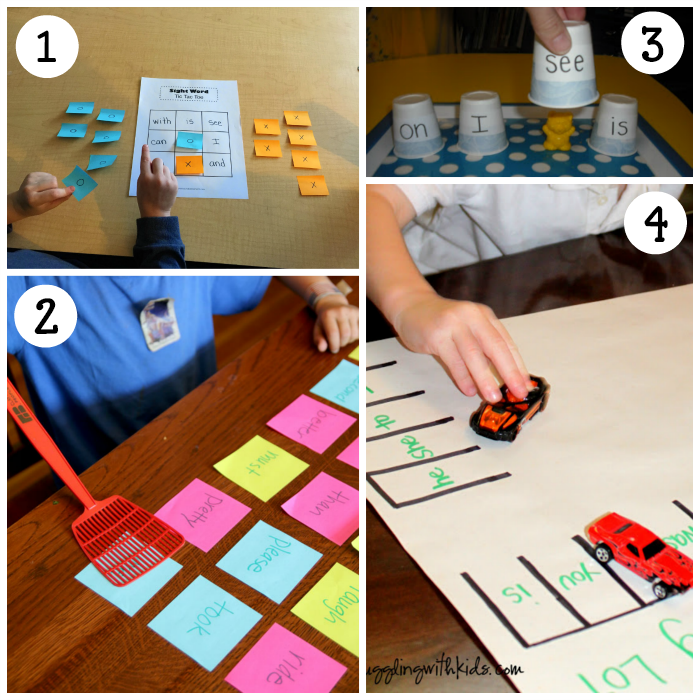
Research objectives:
- Develop a program "Word games for preschoolers."
- Implement the program in the control and experimental groups of the kindergarten.
- Conduct a comparative analysis of the development of speech in preschoolers of the control and experimental groups.
Research methods and subjects
The study involved preschoolers of the MBDOU "Child Development Center - Kindergarten No. 189", Voronezh. A total of 45 children from three groups, including two children with intellectual and speech development problems.
Research methods - implementation of the program "Word games for preschoolers", designed for 68 hours a year.
Word games:
- games that form the ability to highlight the essential features of objects and phenomena: "In the store", "Wild animals", "Flash-mop", "True-false", "Who said?", "Verbal bingo", etc.;
- games for the ability to generalize and classify objects according to various criteria: “Analogies (on various topics)”, “Pyramids”, “Name it in one word”, “Find mistakes”, “Stars in the sky”, etc.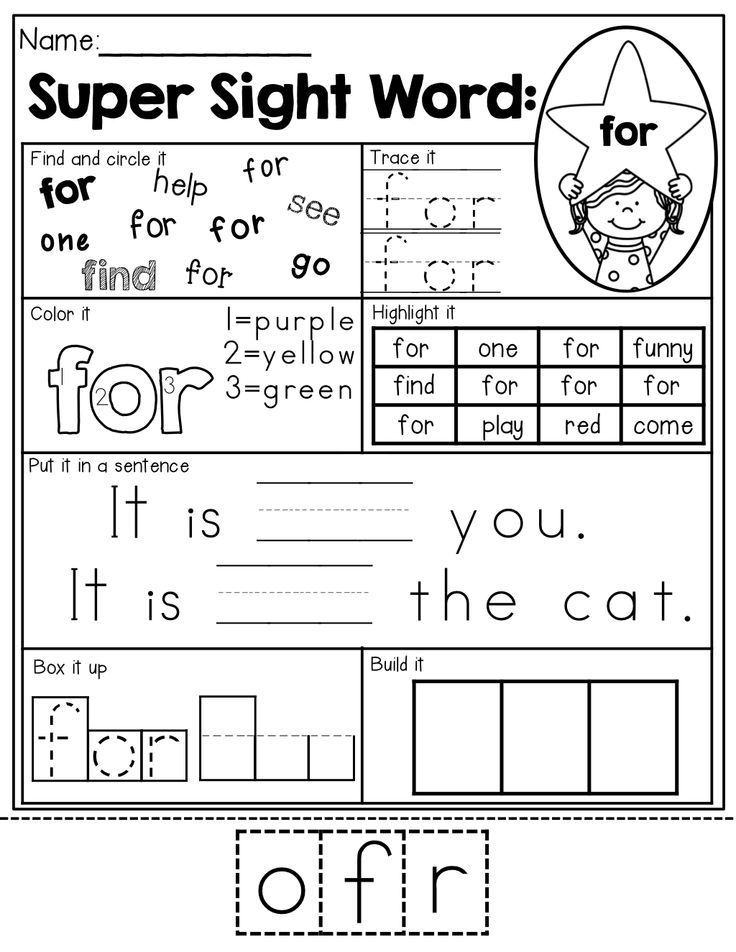
- games for the development of visual attention, quick wit, quick thinking, “Do not name white and black”, “What is gone”, “Who was late - from that verse”, “Pick up words”, “Colors in pictures” (using electronic educational resources), "Tricky Pictures" and others;
- games for the development of auditory attention, for example: “Three numbers are given: two, one and three. Subtract the first from the third number and add the second to it. Name the amount"; “Name the first letter of the first month of spring and the last letter of your name” (time to think - 10 seconds),
“Bus number twenty-six.
The ram managed to get into the bus,
The camel entered, and the wolf, and the ox.
Hippo puffing in
Question: how many animals got on the bus? and etc.;
- games and tasks for the development of thinking. For example, using nursery rhymes, proverbs, sayings, poems: “You see, two young blackbirds are looking out of the nest.
Q: How many beaks do they have? How many eyes do they have?” The kittens lost their gloves on the road and ran home in tears. Question: how many gloves did the kittens lose?”, “Children played in the same panties and T-shirts. Suddenly it began to snow heavily. But the children did not freeze and did not get wet. Why?" and etc.
- outdoor word games: “Catch the word”, “Knock-knock, who is in the house?”, “Paints”, “Geese-geese”, “Ball in the basket” (with a word with a certain letter), “How to get to the Bunny? ”,“ Secrets ”(children of the senior and preparatory groups hide the toy, and then tell how to get to it in order to find it, but they don’t name the place itself, but only indicate the nearest objects or toys),“ Changelings ”,“ We compose a fairy tale ”,“ We deceive the Wolf, let him go on the wrong path so that he does not find Little Red Riding Hood”, “Who needs what?” and etc.
Results and discussions
The program began in September 2018 and is currently ongoing.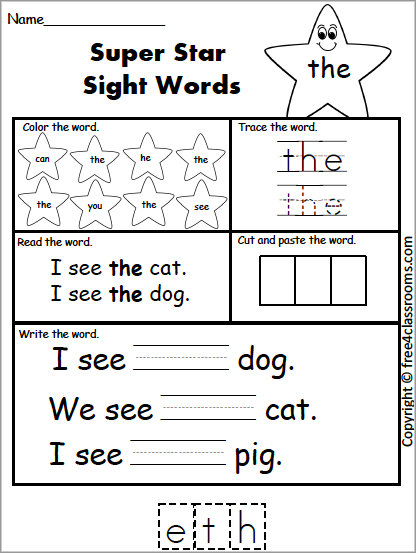 Educational activities are carried out twice a week for 20 minutes. The results of monitoring on December 1 showed that the children of the experimental group significantly improved the results in the development of cognitive processes, in contrast to the children of the control group. Almost all classes use electronic educational resources that stimulate children's play activities and increase the educational level.
Educational activities are carried out twice a week for 20 minutes. The results of monitoring on December 1 showed that the children of the experimental group significantly improved the results in the development of cognitive processes, in contrast to the children of the control group. Almost all classes use electronic educational resources that stimulate children's play activities and increase the educational level.
Comparative analysis of the speech development of preschoolers using word games
After the completion of the three-month experiment, a comparative analysis of the results of the development of the speech of preschoolers using word games was carried out. For each diagnostic parameter, a success rate was found. To do this, the score received by the child was divided by the maximum score that could be earned on the proposed exercise.
The overall performance success ranged from 0 to 1, where 1 represents the maximum success in completing the task.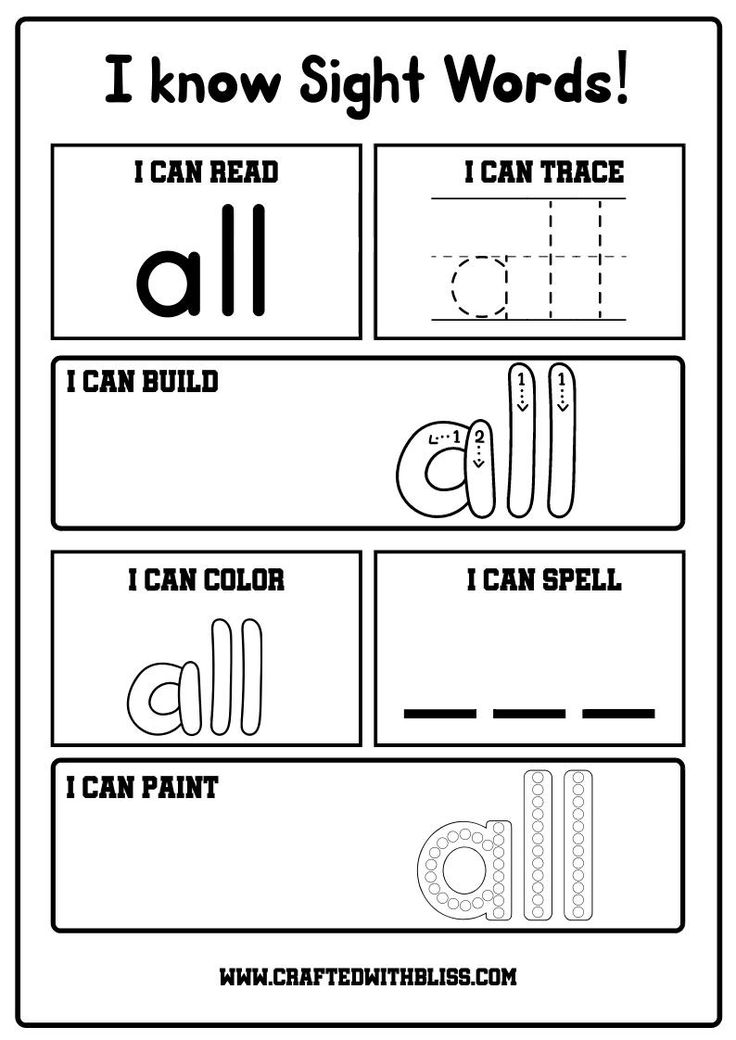
Data from the study of the formation of cognitive processes are given in the table. Control - K, experimental - E.
| Psychological and pedagogical diagnostics | E Sept. | E Dec. | K Sept. | K Dec. |
| Corrective test (training of visual attention and the study of grammatical signs. | 0.25 | 0.44 | 0.26 | 0.41 |
| “Catch the word”, “A fairy tale in a circle”, “Continue the word”. | 0. | 0.61 | 0.37 | 0.58 |
| Analogies, logical tasks. | 0.36 | 0.54 | 0.42 | 0.48 |
| 10 words, "Word in the basket", "Word with the last letter", "Find and tell". | 0.54 | 0.67 | 0.58 | 0.61 |
| Funny pictures, dynamic minutes, logarithmics. | 0.55 | 0.76 | 0.55 | 0.74 |
| Fairy tale in reverse | 0.32 | 0.45 | 0.33 | 0.38 |
| Picture story | 0. | 0.69 | 0.44 | 0.63 |
As can be seen from the table, there is a significant difference in speech development and cognitive processes among preschool children in the experimental group. For three months of program implementation, these are minor differences, however, they exist. The table also shows that at the beginning of the experiment, children from the control group were ahead of the participants in the experimental group in some types of tasks, but in the process of regular classes, children from the experimental group (after three months of classes) have better results.
Findings and Conclusion .
The novelty of the study is determined by the fact that, taking into account the age-related patterns of development of children, the author has developed and tested a program for the speech development of preschoolers using word games, which includes methods of speech development and affects the level of development of cognitive processes.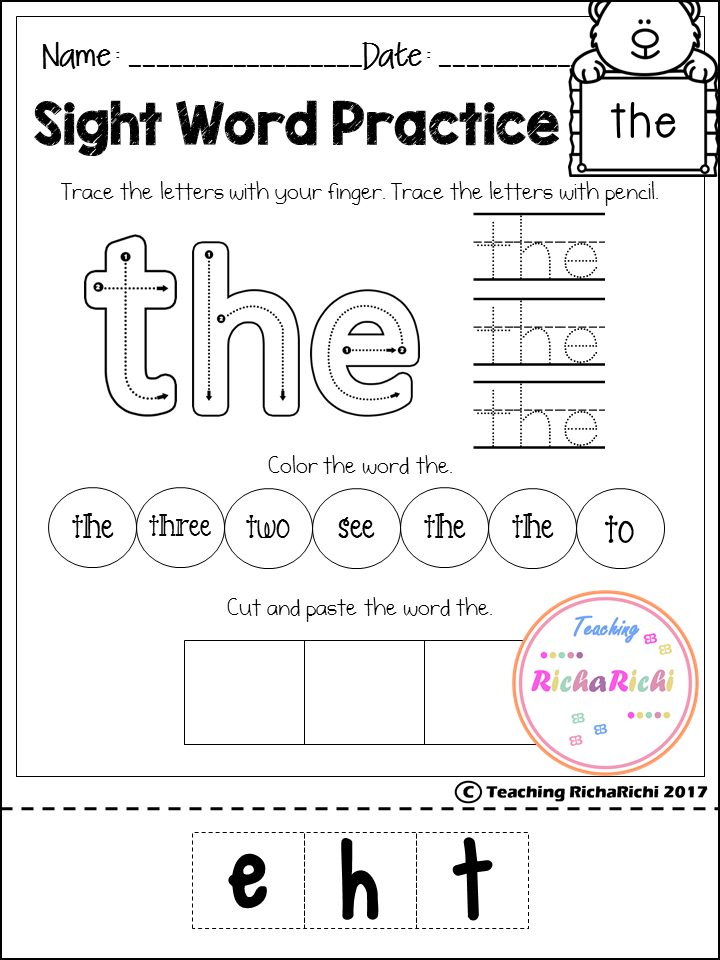 The research activity has not been completed and will continue until September 2019.
The research activity has not been completed and will continue until September 2019.
The basis of the speech development of preschoolers using verbal games in the program is the development process and the process of creative activity in the game. The educational activity of the speech logical plan is built on the principle: from emotions to thoughts.
All types of human speech activity are associated with thinking. Therefore, speech development using word games in the program is based on the productive independent creative activity of children, but managed by the educator. During the implementation of the program, there was and remains a reliance on various forms and types of sensory knowledge, intuition, and moral feelings.
Literature:
- Alekseeva M. M., Yashina V. I. Methods of development of speech and teaching the native language of preschoolers: Proc. allowance for students. higher and medium. ped. textbook wound up. - M .
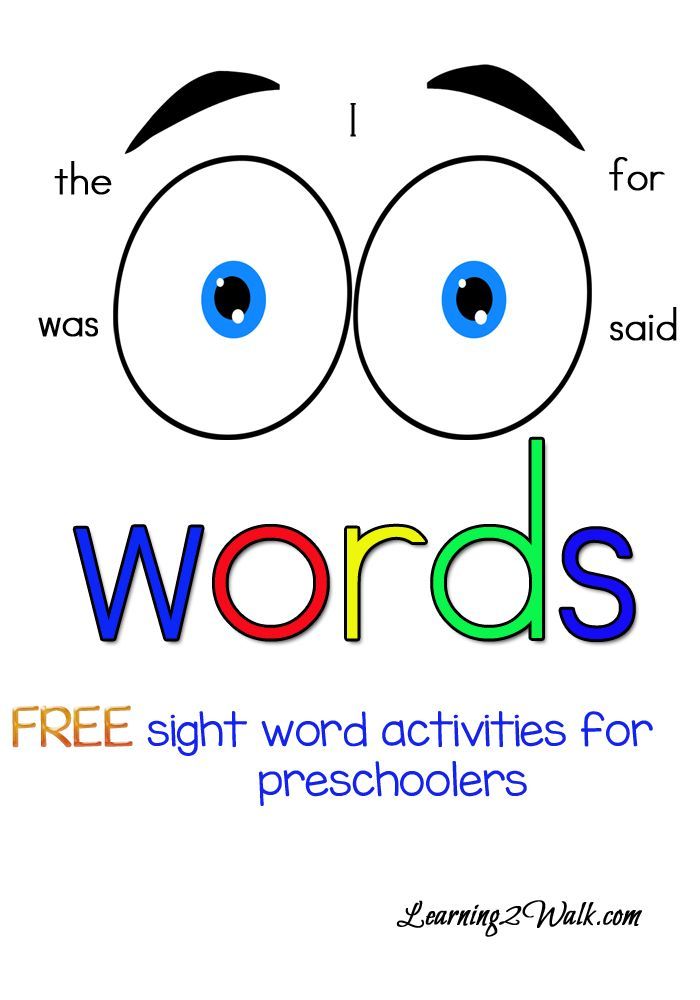 : Publishing Center "Academy", 2009. — 400 s.
: Publishing Center "Academy", 2009. — 400 s. - Boguslavskaya Z. M., Smirnova E. O. Educational games for preschool children. - M .: Education, 2010. - 213 p.
- Vygodsky L. S. The game and its role in the mental development of the child // Questions of Psychology. - 2006 - No. 6. - p.62–76.b
- Gerbova VV Compilation of descriptive stories // Preschool education. - 2011. - N 9. - p. 28–34.
- Luria A. R. Lectures on general psychology: a textbook for universities in the direction and specialties of psychology / A. R. Luria. - St. Petersburg: Peter, 2008. - 318 p.
- Lyamina G. M. Formation of speech activity (middle preschool age) // Preschool education. - 2011. - N 9. - p. 49–55.
- Rubinshtein S.L. The development of coherent speech.//A reader on the theory and methodology of the development of speech in preschool children./ Comp.M. M. Alekseeva, V. I. Yashina.-M.: Publishing Center "Academy", 1999.-560p.
- Ushakova O.
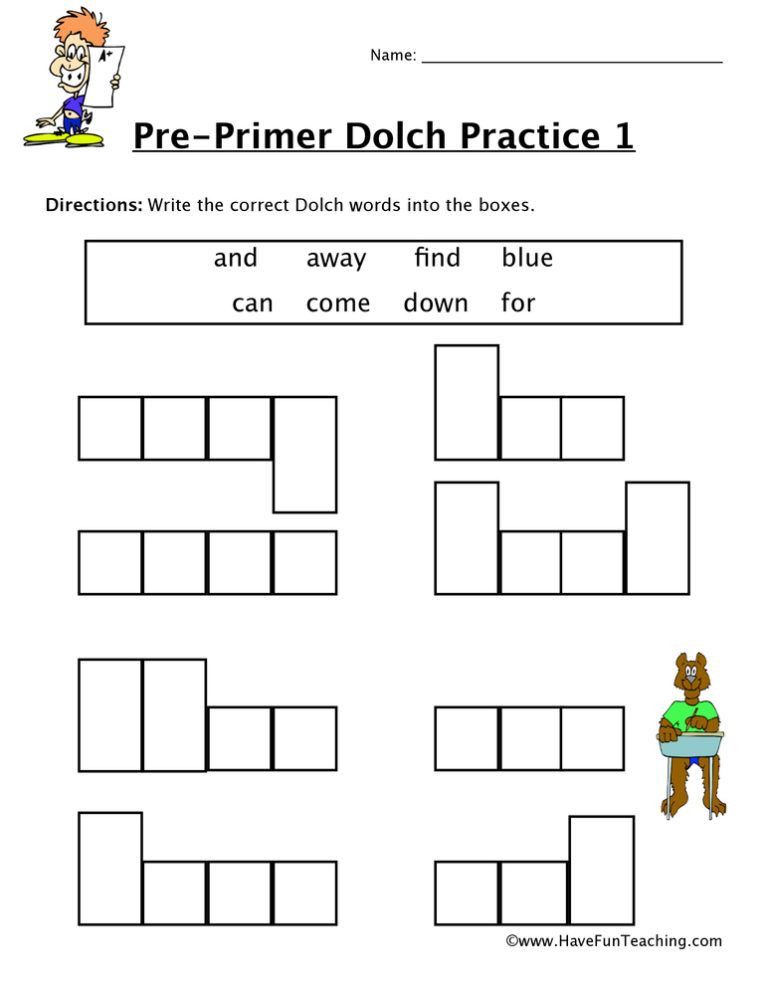 S. Work on the development of coherent speech in kindergarten (senior and preparatory groups for school) // Preschool education, 2012. - N 11. - p. 8–12.
S. Work on the development of coherent speech in kindergarten (senior and preparatory groups for school) // Preschool education, 2012. - N 11. - p. 8–12.
Basic terms (automatically generated) : game, experimental group, speech development of preschoolers, speech development, child, Word, preschooler, speech development, program implementation, kindergarten.
Verbal methods of teaching visual activity to preschool children. — Studiopedia
Share
The verbal teaching methods include conversation, instructions, the use of a verbal artistic image.
1. Conversation - conducted at the beginning of the lesson. The goal is to recall previously perceived images, to arouse interest in the lesson. The conversation should be short, no more than 3-5 minutes, but meaningful and emotional. Mainly pay attention to what will be important for further work - to the constructive color and compositional solution of the picture.
To clarify ideas on a topic or to get acquainted with new image techniques, during the conversation or after it, the desired object or picture is shown, a new method of work is demonstrated.
Conversation as a method is used at an older age, at a younger age it is used only in cases where it is necessary to recall a subject or explain new methods of work.
2.Instructions accompany all visual techniques, but can also be used independently. When teaching children younger than preschool age, purely verbal instructions are rarely used, only if the children have well-established skills and it is possible not to accompany a visual demonstration with action.
Instructions may be given to the whole group or to individual children.
For all children, instructions are given at the beginning of the lesson, in order to explain the topic of the work and the methods of its implementation. Instructions d.b. short, clear, clear. To check, you can ask the children about the sequence and methods of doing the work. In ml gr, you should be reminded where to start.
After the children have started to work, the teacher monitors the activities of the children and gives individual instructions - repeats his explanation, shows the methods of work.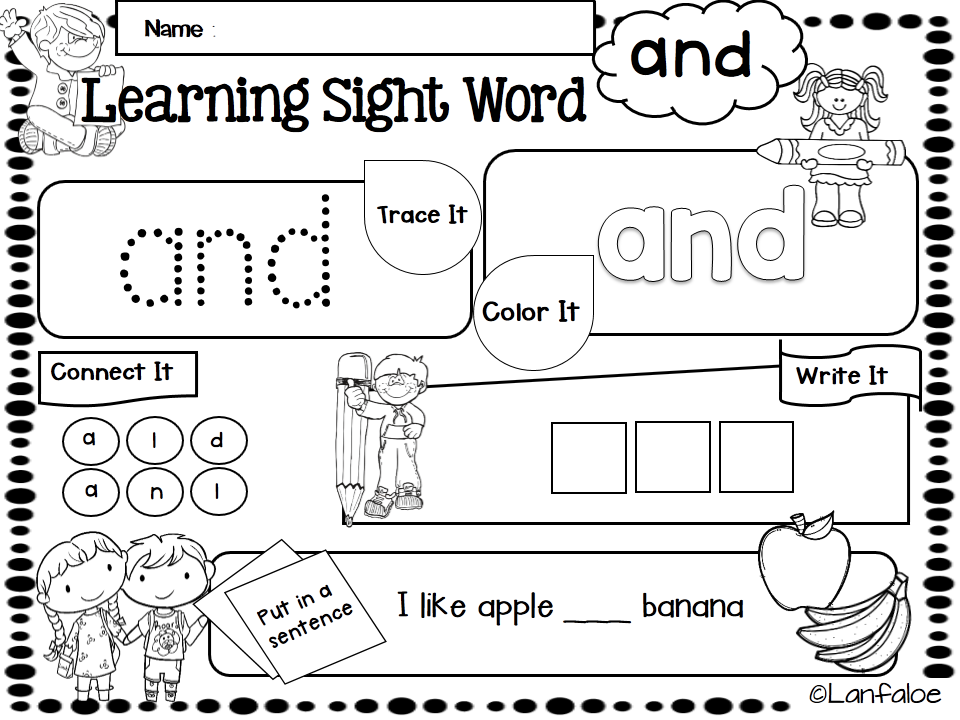 The format of instructions is varied - an encouraging tone that arouses interest in work and self-confidence. Instructions should make the child think, think. When pointing out a mistake, draw the child's attention to a violation of the meaning, logic in the image: “Trees are falling” - ineptly located, “The dress is as if torn” - poorly shaded. It should not say how to fix the error. Comments are made in a friendly tone.
The format of instructions is varied - an encouraging tone that arouses interest in work and self-confidence. Instructions should make the child think, think. When pointing out a mistake, draw the child's attention to a violation of the meaning, logic in the image: “Trees are falling” - ineptly located, “The dress is as if torn” - poorly shaded. It should not say how to fix the error. Comments are made in a friendly tone.
3. The use of samples of fiction - contributes to the creation of a creative mood, active work of thought, imagination. It can be used in illustration classes and when depicting objects after they have been perceived.
In all groups, you can start the lesson with a riddle in which some details of the form are noted. In order to revive previously perceived images of objects in memory, short poems and excerpts from works of art can be used. A verbal image may accompany the display of nature or image techniques.
The selection of works of art must be taken seriously.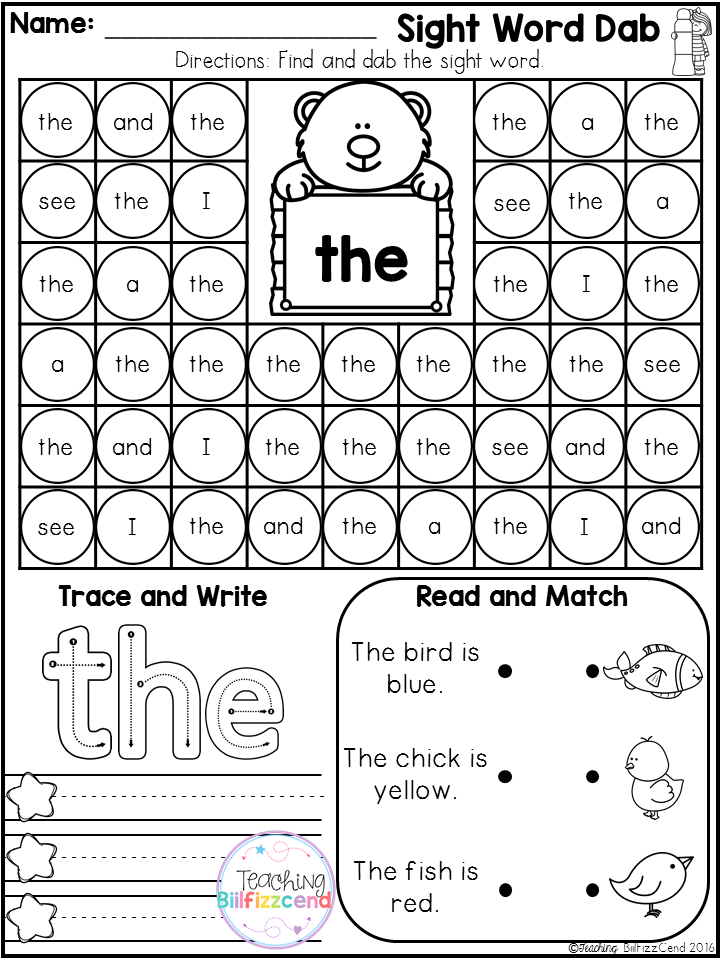

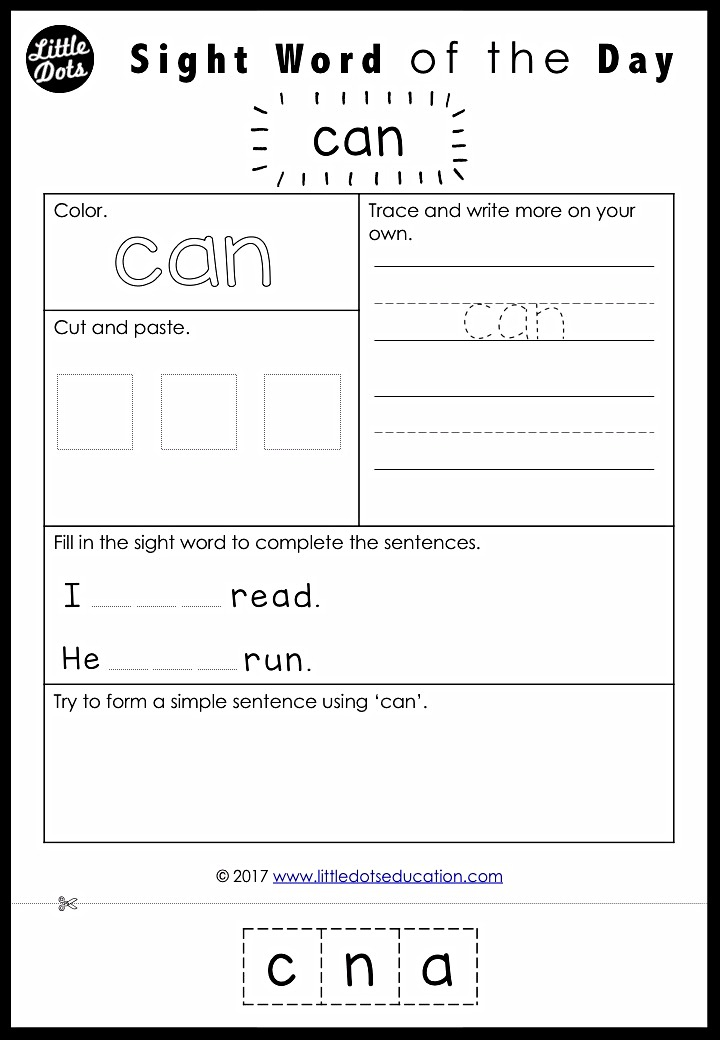 38
38 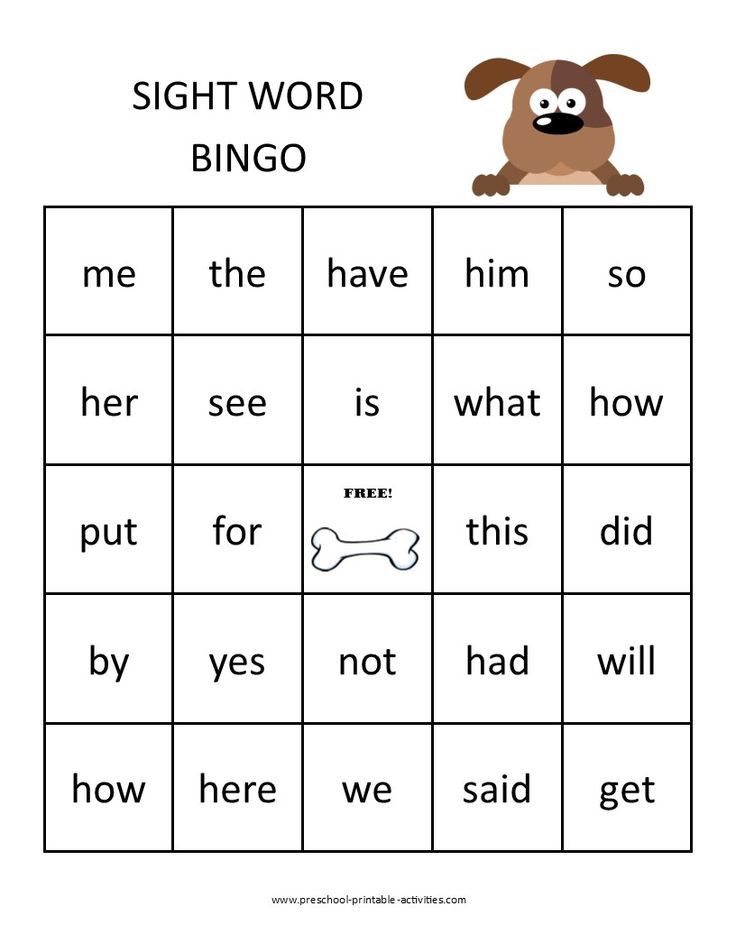 48
48 